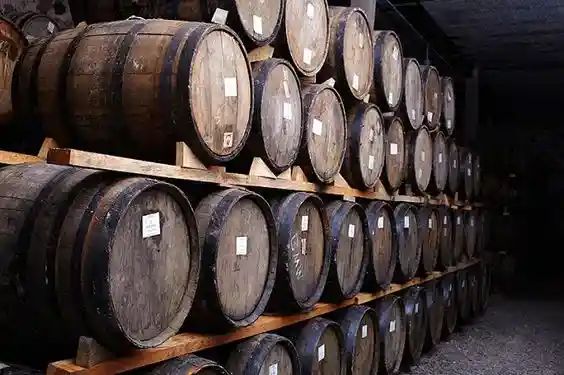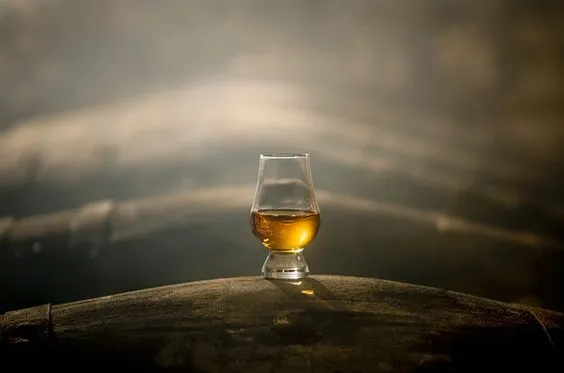You’ve probably heard of Single Malt whisky and may have even enjoyed it, but have you ever wondered why it’s called that? Before you find yourself in an awkward spot, let’s dive into the exact reason. Single Malt whisky is famous for its rich flavors and smooth finish, making it a favorite among spirits enthusiasts worldwide. In this article, we’ll explore what exactly Single Malt whisky is and whether it can be made in India.
Understanding Single Malt Whisky
Single malt whisky is made from malted barley at a single distillery. It goes through a careful process of malting, mashing, fermentation, distillation, and aging in oak casks for at least three years. Unlike blended whiskies, which mix different types of whisky, single malts showcase the unique character of a specific distillery.
10 Best Wines under 1000 rupees | Best single malts under 4000 rupees
10 Best Brandy brands in India under 1000 rupees
Single malt can be manufactured in India?
While Scotland is famous for single malt production, India is also making its mark. Brands like Amrut, Paul John, and Rampur are crafting exceptional single malts using local ingredients and expertise. These whiskies offer diverse flavors influenced by India’s climate and terrain.

How Single Malt Whisky Is Made?
- Malting: Barley grains are soaked to start germination, turning starches into sugars.
- Mashing: The malted barley is mixed with hot water to release sugars.
- Fermentation: Yeast is added to ferment the sugary liquid into alcohol.
- Distillation: The liquid is heated to separate alcohol and flavors from other compounds.
- Aging: The whisky matures in oak casks, gaining color and flavor.
- Bottling: Once ready, it’s filtered, diluted, and bottled.
10 Best whisky Under 3000 Rupees in India
Ingredients Behind the Flavor
Single malt whisky relies on a few key ingredients:
- Malted Barley: Provides the base flavor.
- Water: Crucial for every step of the process.
- Yeast: Adds unique characteristics.
- Oak Casks: Influence the final taste.
Why Is Single Malt Expensive?
Several factors contribute to its cost:
- Quality Ingredients: Barley, cask selection, and aging add to expenses.
- Craftsmanship: Skilled labor and expertise are needed.
- Exclusivity: Limited production makes each bottle special.
- Taxes: Government regulations affect pricing.
The Story Behind Single Malt Whisky
Single malt whisky has a rich history dating back to 15th-century Scotland. Initially illegal, it gained legitimacy and grew into the celebrated spirit it is today.
How to Enjoy Single Malt Whisky
It’s best enjoyed neat or with a bit of water to unlock its flavors. Use a tulip-shaped glass to enhance the aroma, and take small sips to savor the taste.
Exploring Indian Single Malts
India offers a variety of single malts:
- Amrut: Bold and spicy, often aged in sherry casks.
- Paul John: Known for tropical fruit and honey notes.
- Rampur: Smoky and earthy, reflecting its Himalayan origins.
- Black Dog: Smooth with hints of vanilla and fruit.

